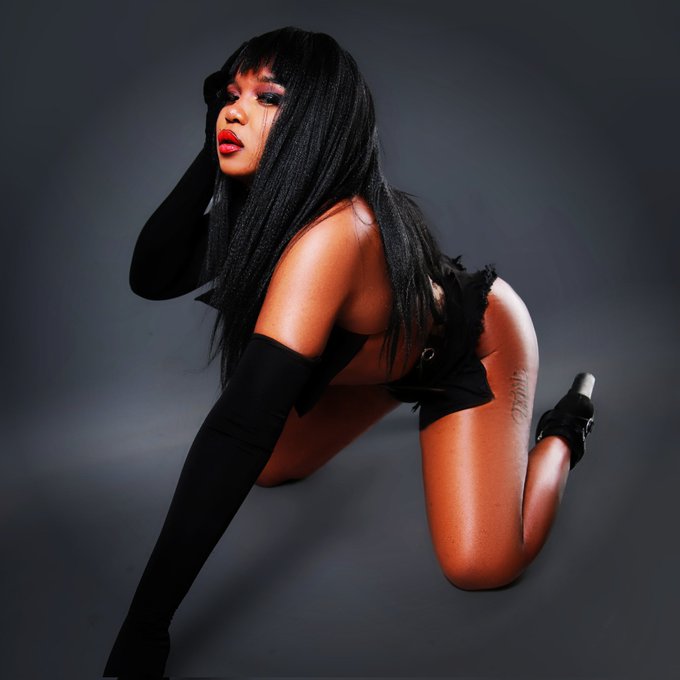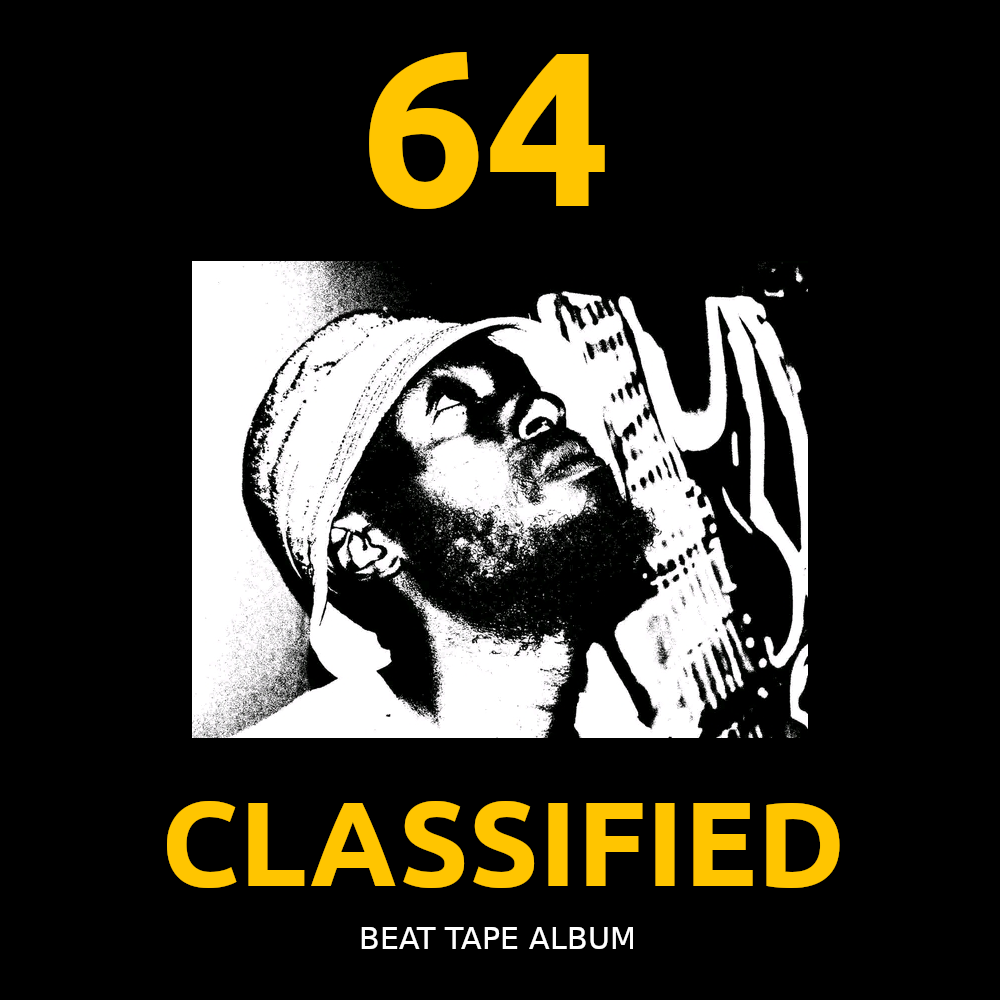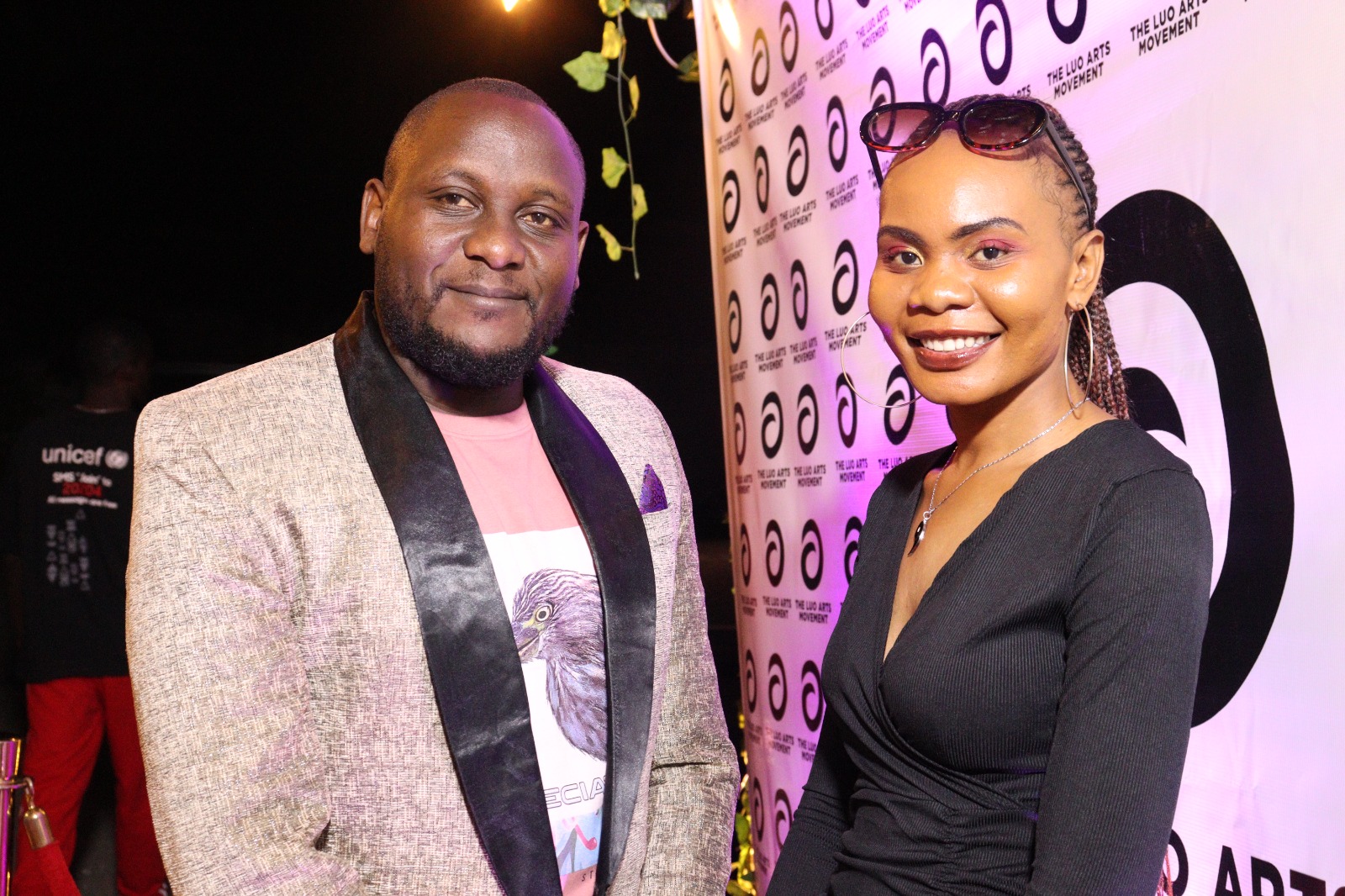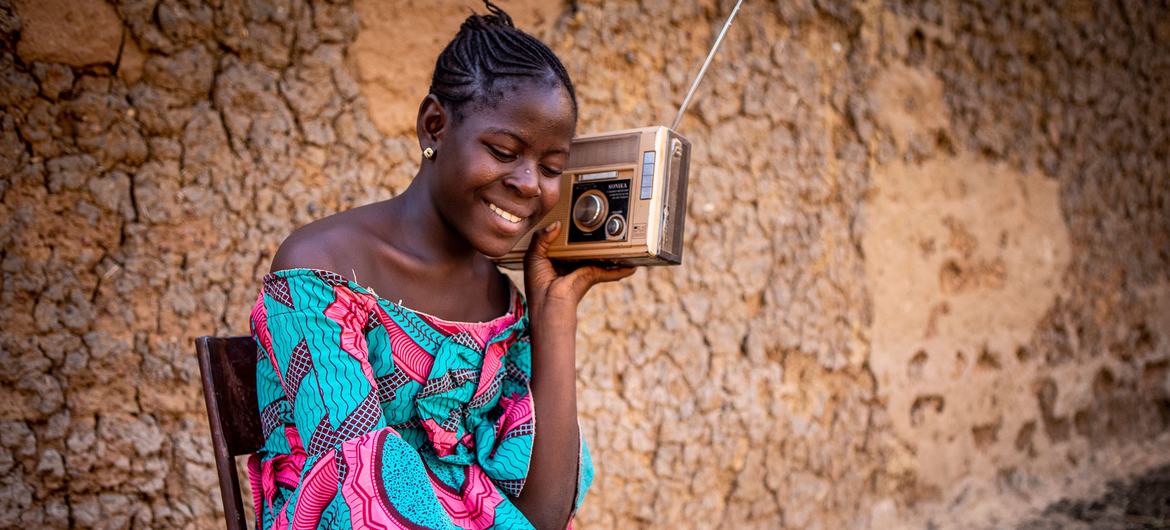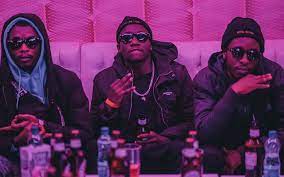
Hip-hop, a cultural and musical phenomenon that emerged in the Bronx, New York City, during the 1970s, has evolved into a global force that transcends boundaries and unites people from all walks of life. Over the decades, hip-hop has spawned numerous sub-genres, each with its unique style, lyrical themes, and cultural influences. In this article, we will delve into some of the most prominent hip-hop sub-genres that have emerged, highlighting their distinctive characteristics and contributions to the ever-expanding hip-hop landscape.
- Boom Bap: Boom Bap is often considered the quintessential hip-hop sub-genre. Characterized by its classic, sample-heavy beats and intricate lyricism, it emerged in the late 1980s and early 1990s. Artists like A Tribe Called Quest, Nas, and Wu-Tang Clan are known for their contributions to this sub-genre. Boom Bap focuses on storytelling and social commentary, making it a cornerstone of hip-hop’s lyrical depth.
- Gangsta Rap: Gangsta rap, born on the West Coast in the late 1980s, takes a gritty and often controversial approach. Artists such as N.W.A., Tupac Shakur, and The Notorious B.I.G. are synonymous with this sub-genre. Gangsta rap delves into the realities of street life, crime, and the challenges faced by marginalized communities. It has been both celebrated for its raw honesty and criticized for its explicit content.
- Trap: Emerging in the early 2000s, trap music has become a dominant force in hip-hop. It’s characterized by its heavy use of 808 basslines, hi-hats, and catchy hooks. T.I., Gucci Mane, and Future are among the pioneers of trap music. Its lyrics often touch upon themes of drug culture, street life, and materialism, making it a polarizing but undeniably influential sub-genre.
- Mumble Rap: Mumble rap, a controversial sub-genre that gained prominence in the mid-2010s, is known for its simple, repetitive lyrics and catchy melodies. Critics argue that it lacks the lyrical depth of traditional hip-hop, while proponents appreciate its melodic and hypnotic qualities. Artists like Future, Lil Uzi Vert, and Lil Yachty are often associated with mumble rap.
- Conscious Hip-Hop: In contrast to some of the more materialistic and hedonistic sub-genres, conscious hip-hop places a strong emphasis on social and political issues. Artists like Kendrick Lamar, J. Cole, and Common use their music as a platform for addressing topics such as racism, inequality, and mental health. Conscious hip-hop serves as a powerful tool for raising awareness and promoting change.
- Alternative Hip-Hop: This sub-genre is a melting pot of diverse influences, often blending elements of rock, jazz, and electronic music into the hip-hop framework. Artists like OutKast, Kanye West, and Tyler, The Creator push the boundaries of what hip-hop can be, experimenting with unconventional sounds and lyrical themes. Alternative hip-hop encourages creativity and innovation within the genre.
- Drill: Drill music, originating in Chicago and later popularized in the UK, is characterized by its aggressive beats and lyrics that often reflect the harsh realities of street life and violence. Artists like Chief Keef and Pop Smoke have made significant contributions to this sub-genre, which has gained notoriety for its gritty and unapologetic style.
- Afrobeat and Afro-Trap: Drawing inspiration from African rhythms and melodies, Afrobeat and Afro-Trap have become global sensations. Artists like Burna Boy, Wizkid, and Niska fuse African influences with hip-hop elements to create infectious and danceable tracks. These sub-genres showcase the global reach of hip-hop and its ability to adapt to diverse cultural influences.





